The problems of modern cities, especially with a population of more than a million people, are the following:
- congestion of public transport;
- congestion and difficult road conditions due to the excessive number of personal vehicles;
- the deterioration of the environmental climate and the health of citizens.
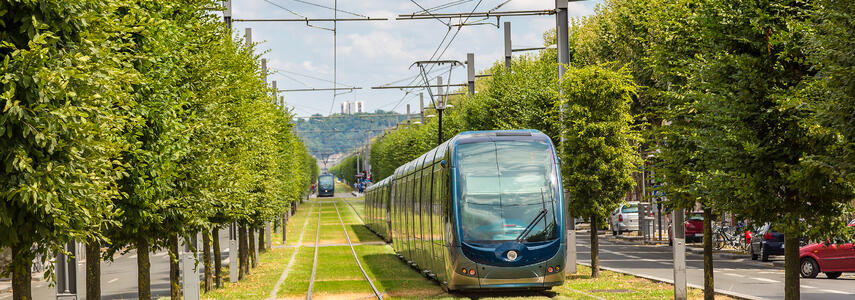
The modern strategy for solving the situation is to promote the widespread and active introduction of electric vehicles. Almost all world car producers have already responded to demand and offer several models of electric vehicles, and city or even state authorities introduce a policy of encouraging citizens who purchase electric or hybrid cars, offering subsidies for the purchase, reduction or abolition of road duties and other relaxations.
It is meant to be that this will significantly improve the ecological condition of the city, and optional artificial intelligence and autopilot systems will ensure road safety and comfort of movement without the stress that the driver usually experiences in heavy traffic.
However, the proposed solutions are unlikely to give the desired effect, since any reference point for a personal car in a metropolis, even if hybrid or electric, is not a method of solving urban problems in full and, in fact, has to be a half-measure, which suggests some unpleasant features.
Ecology
In fact, from the environmental point of view, the transition of the automobile fleet to machines with hybrid or fully electric engines is aimed at improving the state of urban air in order to eliminate gas pollution and particle saturation of heavy chemical compounds.
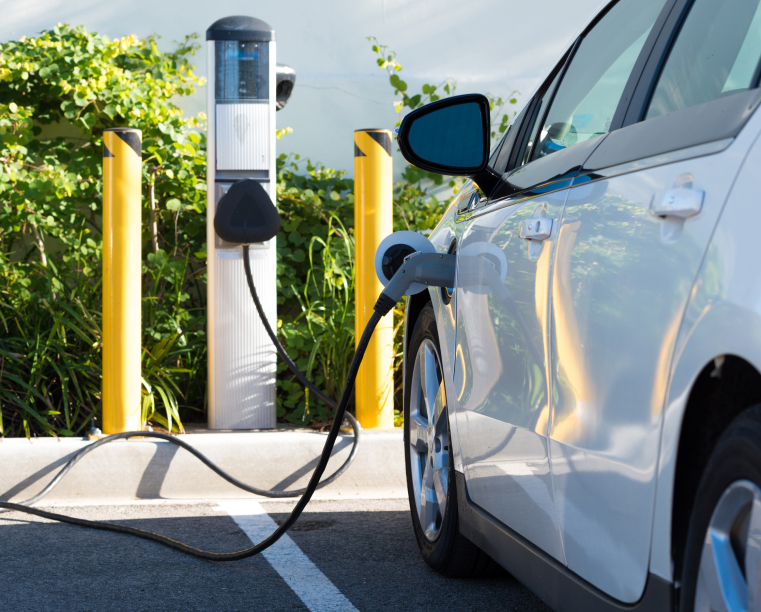
But the fact is that air pollution in the city is not limited to exhaust. Particles from wear of tires and roadways accumulate in huge quantities, and after passing each car, they wash into the air in the form of a suspension and enter the airways of people. Therefore, even switching to a personal electric car will not solve the problems of air pollution as long as rubber wheels and a modern road surface are used.
Noise pollution is also a problem. At the same time, electric vehicles in traffic on city highways are no less noisy in comparison with cars equipped with ICE, including this is caused by the friction of tires against the road surface.
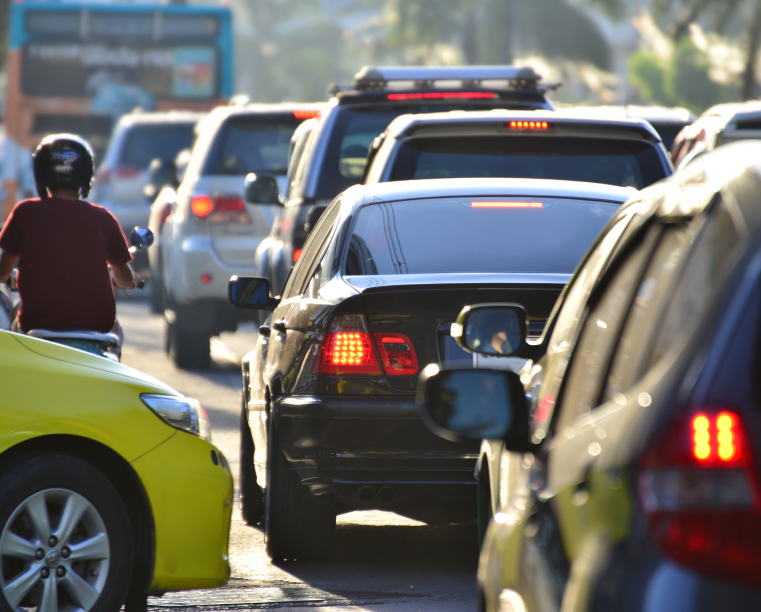
Road congestion
The transition to electric cars and the provision of benefits for their owners do not solve the problems of congestion of roads and parking lots, because the size of cars and the intension of traffic do not change.
There is discrimination against pedestrians and cyclists. Everyone knows the numerous facts of forced violation of parking rules, when cars occupy places that are not intended for them, and the accumulation of people at intersections waiting for their crossing does not contribute to traffic safety, and even walking around the city brings discomfort. The space occupied by any car on the road or parking is commensurate in area with the area occupied by 6-10 pedestrians. At the same time, as a rule, 1-2 people travel in the car.
Autopilot
Equipping cars with artificial intelligence systems and the autopilot function in conditions of congested traffic are often ineffective.
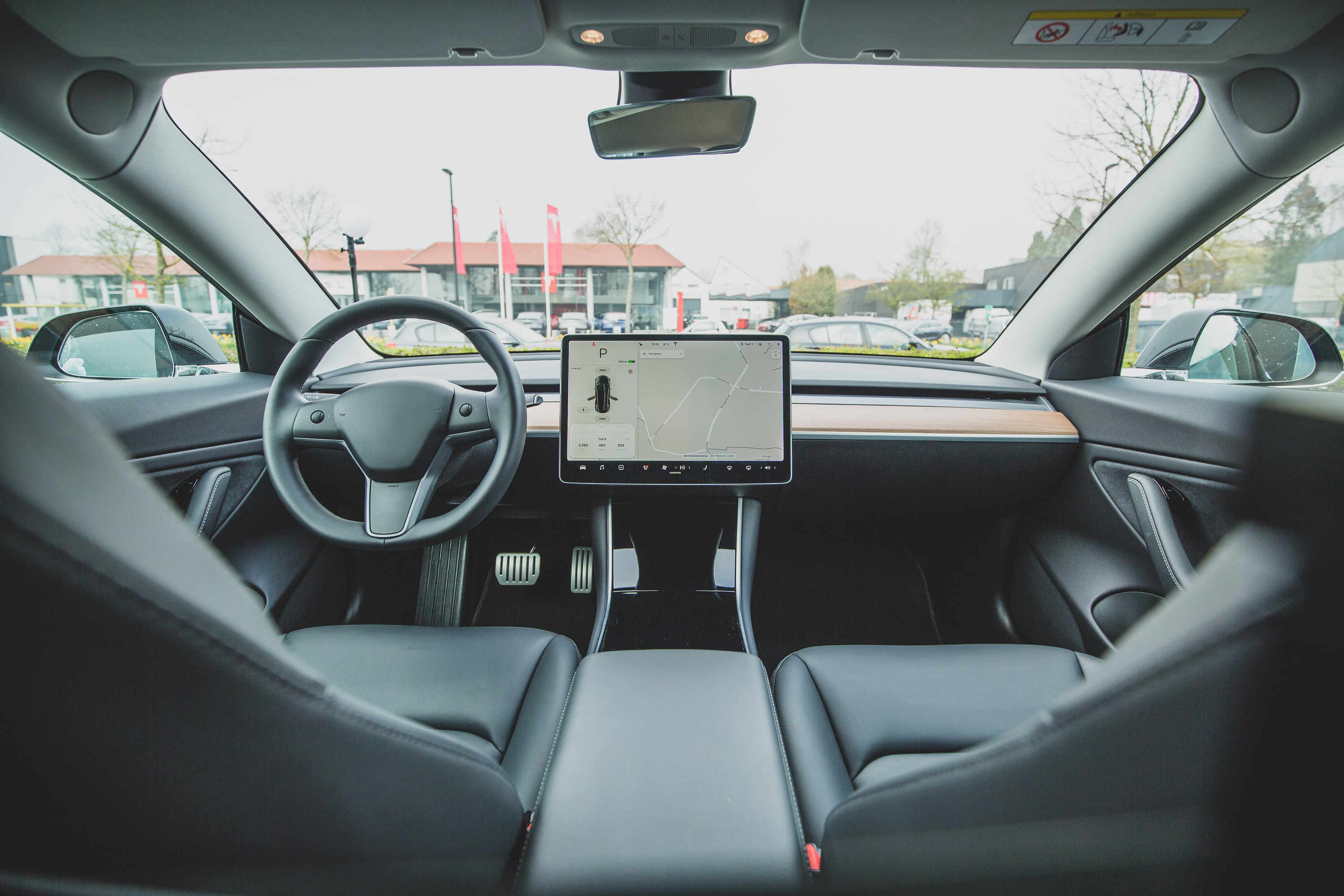
Moreover, with short distances to other cars and pedestrians, as well as the lack of space for maneuver, the systems can work incorrectly, which affects safety. Such systems can be useful only in peripheral areas of the city, where small traffic allows to experience the capabilities of the robot driver on suburban roads.
Even with the ability of an electric car to independently arrive at the landing site, as well as the possibility of driving without a man, for example, to the parking lot, the road situation still deteriorates due to the creation of additional traffic.

Cost
The competitive cost of electricity for charging electric vehicles will still not be compared in terms of the cost of travel tickets in public transport, while there is no need to pay road charges, maintenance of a personal car, parking voucher and garage maintenance.
The introduction of a entire cost of tickets without zoning will make public transport even more attractive, because it is possible to cross the whole city for a minimum price.
Here the only question: where to find the possibility of uncongested crossing of the city, quickly, comfortably and cheaply, when traffic stopped in traffic jams. The planned increase in public transport units or reduction in traffic intervals can no longer be technically realized, since it has a significant negative impact on other road users. Traffic jams are increasing, causing clusters at intersections of both cars and pedestrians.
The call of the city authorities to abandon personal vehicles in practice does not find a proper response among the population, since there is no convincing, comfortable and profitable alternative to travel in another way, because not everyone is emboldened by the option of transferring from their car to an overloaded bus or tram, which for about a long time can be idle in traffic jams and at stopping points.
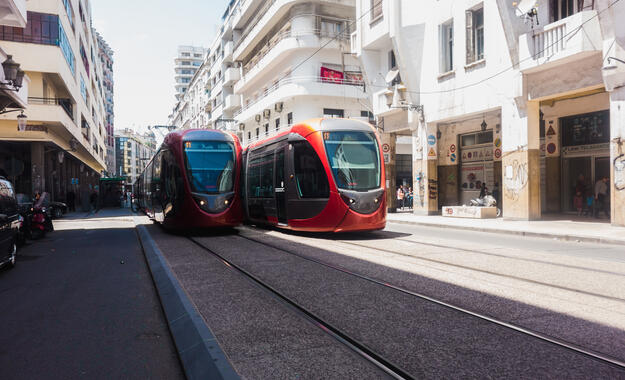
For this reason, the most attractive way is a high-capacity rail UrbanTwinTrain with an adaptive priority crossing intersections.
It is important to note that there is no talk about rail transport in the conventional sense, because the limit of its carrying capacity is practically exceeded and can no longer be increased technically without further aggravation of the problems, and the implementation of UrbanTwinTrain that, in terms of its speed and carrying characteristics, brings ground rail transport closer to the subway and can be introduced economically, quickly and without the need to interrupt the functioning of ongoing traffic.
UrbanTwinTrain is a compelling argument for not using personal cars in the city, demonstrating convenience, speed and safety. UrbanTwinTrain is a environment transport.